|
3rd November 2019
Sunday gaming at 'The Sovereigns' in Woking continues. We concluded our afternoon with 'Orleans'. Read my blog here. 3rd November 2019
Sunday lunch time at 'The Sovereigns' in Woking. 50 Fathoms is on a hiatus, so we're playing board games instead. We began the day with Heckmeck. Read my blog about it here. 2nd November 2019
Saturday is here again and we're at Matakishi's for games tonight. We played Wingspan. Read my blog about it here. 29th October 2019 Tuesday night gaming at 'The Sovereigns' in Woking with the board game club continues. The final game of the night was 'Grand Austria Hotel'. It doesn't take much imagination to realise that this is a game about running a hotel. That's right, keep those restaurant customers happy. Manage all those hotel rooms. Maintain the prestige of your establishment. All the fun! Joking aside, Grand Austria is pretty good game. The rules are fairly straightforward to learn, but there's a lot of things to think about and take into consideration. A lot of things! What's in a game? Grand Austria Hotel has a lot of components. They are all quite colourful and well made.
How's it play? We begin with setup.
The turn order is a little unusual in Grand Austria Hotel. Every player gets 2 turns in a round. All players are given a token with 2 numbers on it - which is when their turns will occur. Turns proceed clockwise until all players have had their first turn, then goes back anticlockwise so that the last player was also the first player. In a 4 player game, the first player will have a token that shows '1/8' and the fourth player will have a token showing '4/5'. Actions The first thing the active player can choose to do is to take a guest card from the main game board. Depending on which card is taken, the active player may have to pay for it. The further the card is to the left, the more it costs. Gaps in the row are replaced by sliding cards from the left to the right and adding new cards on the furthest left. This is a 'conveyor belt' mechanic. Action board Actions in Grand Austria Hotel are determined by dice. The number of dice used depends on the number of players. In a 4 player game, 14 dice are used. The first player rolls all the dice and and places them as required on the action board. There are 6 columns on the action board. After the dice have been rolled, they are placed in their relevant space. If 3 1's have been rolled, they are placed into the '1' column, this is done for all 6 columns. This determines both the effectiveness and number of each action that can be performed. The more dice there are in a column the more effective that action is and the more often it can be performed. Every time an action is performed, a die from that column is removed. If a column has no dice, that action cannot be performed (Unless performing the 'copy action' action!). The 6 actions are:
Additional actions As well as the actions listed above, players can perform some extra actions.
Endgame Grand Austria Hotel is played over 7 rounds, thus each player has 14 turns to use. Prestige is scored at the end of rounds 3, 5 & 7. During prestige scoring, before prestige is scored each player's prestige score is lowered by 3, 5 or 7 in each related round. Prestige points translate in victory points, but if a player's prestige points are too low, that player will lose victory points instead. Additionally, if a player is above the prestige threshold, they get a bonus, if they are below, the receive a penalty. This depends on the 3 prestige reward/penalty tokens that were placed on to the main board. At the end of the 7th round, points are scored from various sources, such as staff cards, occupied rooms, remaining food, drink & money, objectives and prestige tokens. Any guests left in your restaurant loses points. All points are tallied, highest score wins. Overall
So Grand Austria Hotel is a game about acquiring customers, fulfilling their needs and preparing rooms for them in your hotel. The game is quite a balancing act as it forces players to juggle preparing rooms and fulfilling the needs of their customers. Players also need to pay attention to the prestige track, as failing to acquire enough prestige can be seriously detrimental. The bonus objective can earn quite a lot of points. Money too can be a problem, it's quite hard to accumulate money and is also something you need to think about. Whilst there's a lot going on in this game, the rules aren't too complicated. Optimising strategies is really important here. But the available actions and their effectiveness is unpredictable. So Grand Austria Hotel forces players to both think ahead and be adaptable, whilst providing players with lots of meaningful decisions. These are things that make Grand Austria Hotel a good game. 29th October 2019 Tuesday night at 'The Sovereigns' in Woking and it's game night at the Woking board game club. We started the evening with 'Heckmeck' AKA 'Pickomino'. Have you ever wondered what is a chicken's favourite food? It turns out that a chicken's favourite food is worms. But not just any worms, but roast worms! And not just any roast worms either, but BBQ roast worms! How many BBQ roast worms does a chicken like eating? As many as it can get. How does it get as many BBQ roast worms as it can? By pushing it's luck of course! That's what Heckmeck is about. Pushing your luck to accumulate as many BBQ roast worms as possible. What's in a game? There are 2 versions of Heckmeck, standard and deluxe. We played the standard version of the game. They use the following components:
How's it play? First there's setup.
The goal in Heckmeck is to roll and accumulate dice to get a score high enough to claim a domino. But here's a twist, at least one of those dice must have a worm result. How's this done? Keep reading.
Stacking is one of the things that makes Heckmeck stand out.
Like stacking, stealing is something I've not seen in a push your luck game before.
Endgame Play continues until there are no more face-up dominoes in the supply to collect. Players tally the worms they've collected, highest number of worms wins. Overall
Heckmeck is easy to learn and fairly quick to play. It has several excellent mechanics that give players tricky decisions to make. Choosing which sets to keep is crucial because of it 'locks out' numbers. Do you really want to take that single 5, because that means you can no longer get any more 5s. Decisions, decisions. The worm mechanic is also cool. Needing to have a worm result is an extra thing that can go wrong. Making a worm worth a 5 is genius, it puts players in the same quandary as rolling a 5. If a worm was only worth 1, taking it when it's only 1 worm would be a no-brainer. Finally, the stacking and stealing together is another great idea. If players just laid their tiles out in a line, then stealing them would be a bit too easy as the choice would be wider. However, since the dominoes are stacked, stealing is uncommon. When it does occur, it's something that should be taken advantage of! All of this adds up to make a good push your luck game. Heckmeck has very quickly become a favourite with nearly everybody I play it with. And deservedly so. 27th October 2019 Sunday at 'The Sovereigns' in Woking and our gaming continues. The final game of the day was 'Forbidden Desert', the second game in the 'Forbidden series' of co-operative games. 'Forbidden Desert' is a co-operative game of exploration. The players are a band of adventurers and explorers, scouring the desert (Which I guess is a forbidden?) for the remains of a legendary flying machine. But during your trip, a ferocious sand storm forces your helicopter to crash in the remains of a lost city. The only way to escape the desert is to fly back out of the desert. Your helicopter is a wreck, so your only hope of survival is to find and reconstruct the flying machine before the storm and desert spell your doom! What's in a game? 'Forbidden Desert' comes in a natty tin box, the game's components are good quality with some nice artwork.
How's it play? Setup.
Player actions During the active player's turn, they have 4 actions that they can perform (in any order and repeatedly.). These are:
Once the active player has completed their 4 actions, the storm gets to act. Cards are drawn from the storm deck, the number drawn depends upon how severe the storm is, this ranges from 2-6 cards. There are 3 types of storm card.
Gear cards are all beneficial for the players and can be played at any time by the owning player. Endgame Losing conditions:
If the players manage to retrieve all 4 missing parts of the machine, all manage to reach the launch pad at the same time and the launch pad is unblocked. Then the players win the game. As the adventurers escape in their new flying machine. Overall
Forbidden Desert has essentially 2 timers running, the sand tokens pouring on to the tiles and the strength of the storm (Which also increases the rate in that sand tokens appear.). Water is a resource that must be managed. Players are faced with the choice of being prudent to preserve their water levels, acting to manage the sand token levels or having to work towards their objectives. Especially since the storm can move the game area about which can cause big problems or be an opportunity to exploit. I think the key to doing well in Forbidden Desert are the characters. Each character has their own special ability. Remembering to utilise these abilities and working them into any strategy used vital in my opinion. Forbidden Desert is a cooperative game in which the players play against 'the game'. Games of this type must balance strategy and randomness in order to be good games. Too much strategy and once the players learn the game's systems, they'll learn to rinse it every time. Too much randomness and player decisions become meaningless as their fates will be left to the whim of luck. Forbidden Desert manages to straddle this line pretty well and is one of the better examples of this type of game. 27th October 2019
Sunday lunchtime at 'The Sovereigns' in Woking and it's time for board games as there's no 50 Fathoms this week. We begun the day with 'Tiny Towns'. Read my blog post about it here. 26th October 2019 Saturday evening has rolled round again and we're at Matakishi's for some gaming goodness. Tonight we played '1830', or to give it its full name; '1830: The Game of Railroads and Robber Barons'. As you will have surmised, this is a game about railroad building. Actually, it's probably fair to say it's the game about railroad building. What's in a game? 1830's components are very 'old-school' and clearly favour function over form.
How's it play? Setup 1830 was originally published in 1986. The version we played was published in 2011 by Mayfair Games. There was some head-scratching during set up as it turns out in this edition there are several variants of the game. We had been trying to set up the 'basic' version of the game, which apparently is different to the 'classic' version (Which is what we wanted to play.). The basic version of the game should be the classic version, do you hear Mayfair Games! Anyway, on with setup.
Bidding Bidding only occurs once in the game (Right at the start.). Players have to bid for the right to buy one of the private companies. Auctioning is actually very straightforward. One player makes a starting bid (Whoever is nominated as 'The Banker' should start.), then proceeding clockwise, each player has to make a higher bid or pass. If a player passes, then they are out of the auction permanently. When everybody has passed, then the player who was the highest bidder, gets the 'privilege' of choosing which private company to buy first (Yes, even though you may have bid loads of money, you still have to pay to buy a private company!), also the highest bidder gets to take the 'Priority' card for the first stock market round. Second highest bidder gets second choice of buying a private company and so on until all the players have a private company. Stock market and operating rounds This is where the majority of the game takes place. At the beginning of the game there will be a stock market round followed by an operating round. Later on, there will be a stock market round followed by two operating rounds. Even further into the game, the stock market round will be followed by three operating rounds. Stock market round
When a company is floated, the following occurs:
So now we're on to the operating round(s). The following occurs:
Endgame Play continues until all the money from the bank has been paid out to the players. Winning is determined by who has acquired the most personal wealth. Players add up all the personal money they have accumulated and the combined stock market value of all the shares they own. The operating capital of any companies that the player may control is not added to the final tally. Highest score wins. Overall
It's a testament to 1830's design that 30 years on, it's mechanics and rules are still totally solid and watertight. The stock market round is well balanced so it has enough depth to be engaging and interesting, but is not head scratching in complexity. I really like it that player's money is entirely separated from the money needed to run a company. I also like how in order to maximise your personal profitability, you'll also need to invest in companies run by other players. Because no player can own more than 60% in a company, this will happen. The operating rounds give players plenty of choice and options when expanding their companies. Eventually there will be sets of intricate and convoluted rail networks interacting and criss-crossing with each other. Players also need to pay close attention to the money that their companies maintain as having a company go bankrupt will have serious consequences for the stock value. On the box of 1830, it says that it takes 3-6 hours to play and that's no exaggeration. It is the only drawback to 1830 is that I can think of. 1830 is a classic and there's no doubt about it. There are plenty of other rail building games and many of them are good. But if you've got the hours to spare, none are as good as 1830. It only remains for me to say that it seems that the game was last in print a few years ago. It's criminal that it's still out of print now, considering just how good a game 1830 is. 22nd October 2019
It's Tuesday night at 'The Sovereigns' in Woking for gaming. The third and final game of the evening was 'Loot'. Read my blog about it here. |
AuthorI play, I paint. Archives
March 2024
Categories
All
|

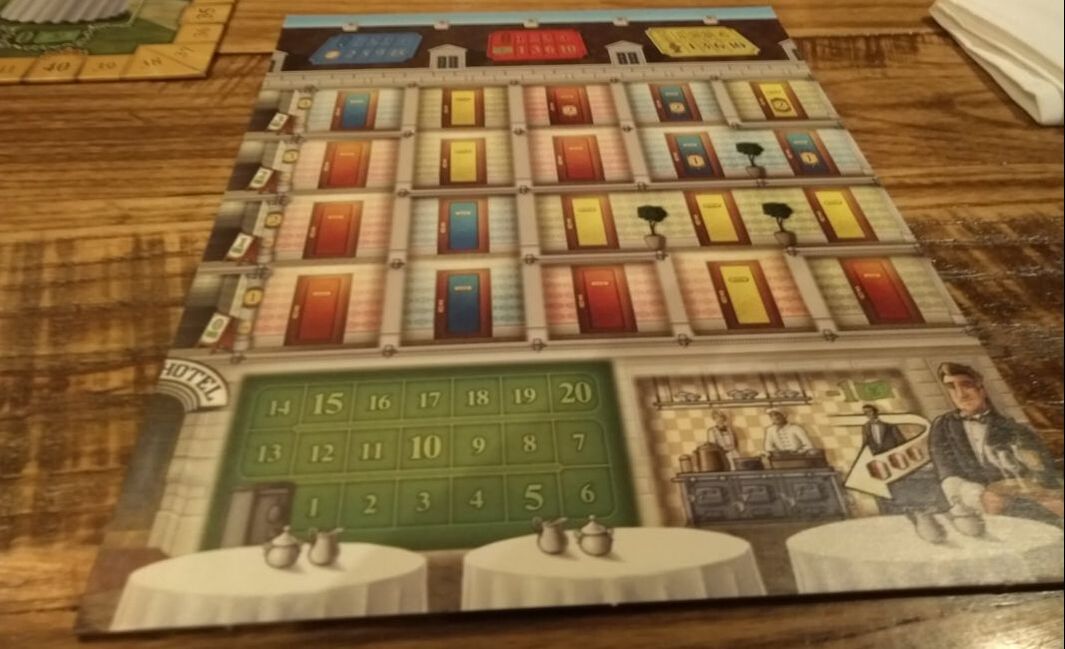
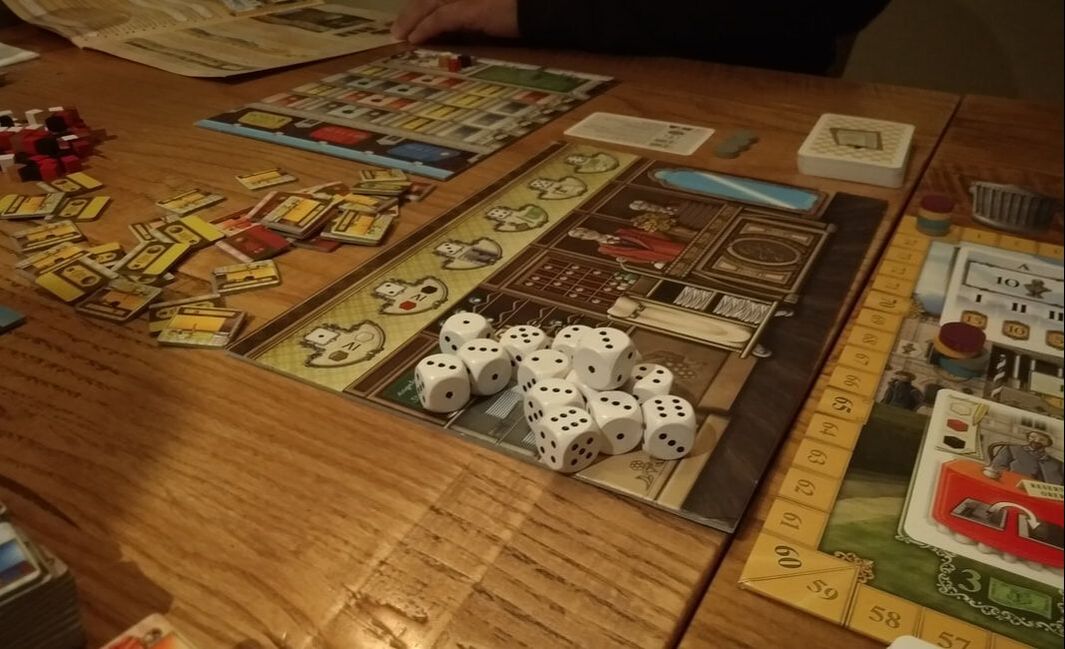
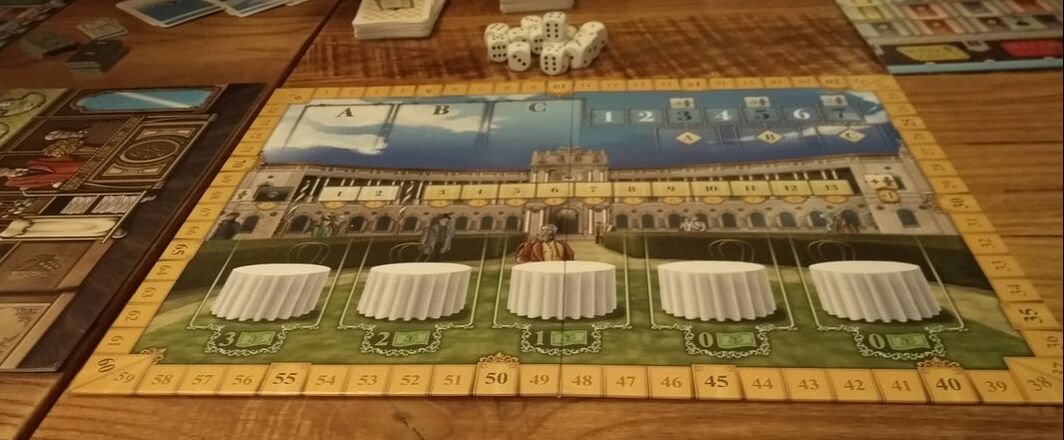
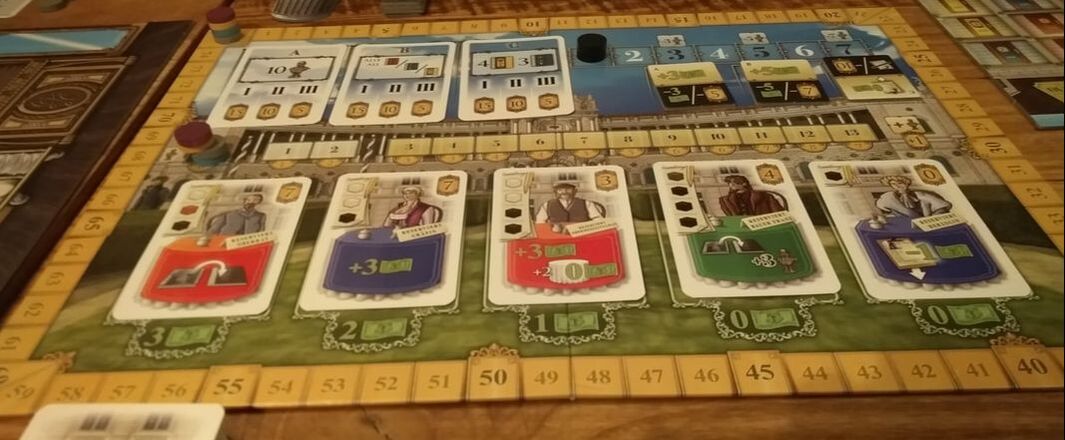
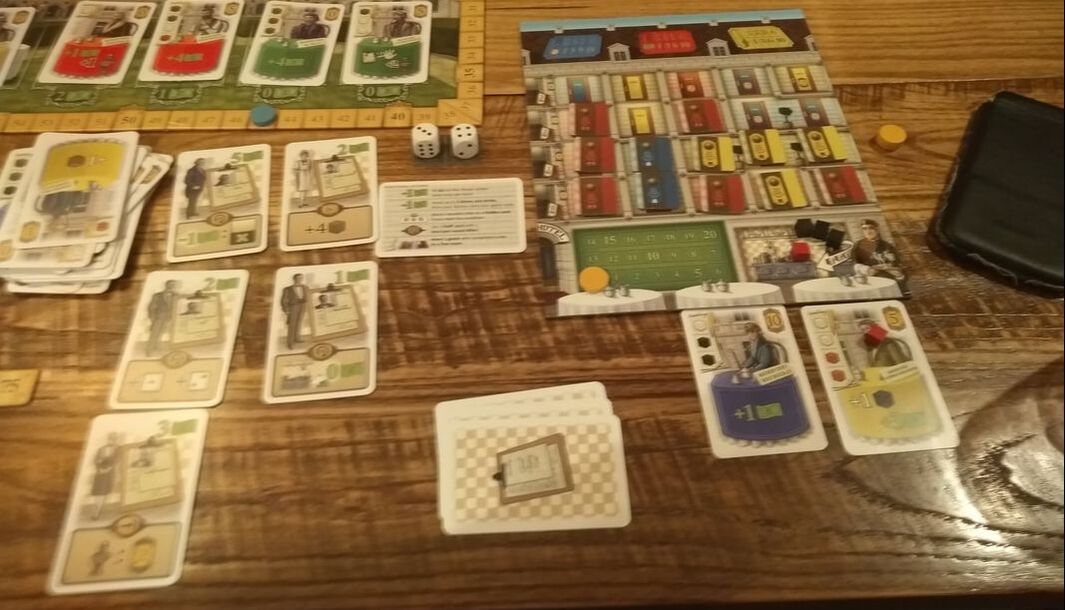
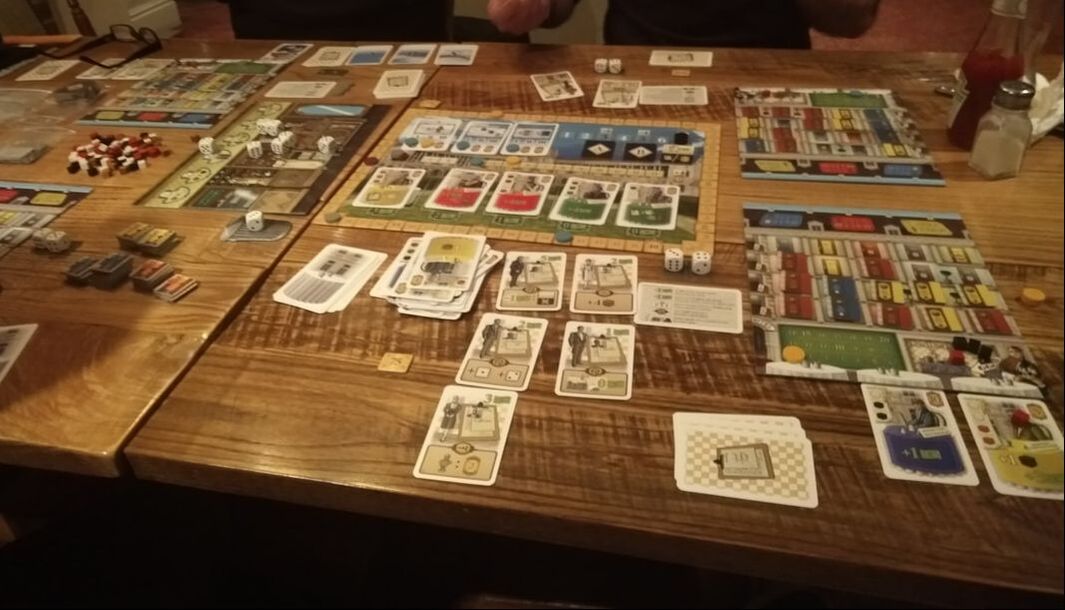
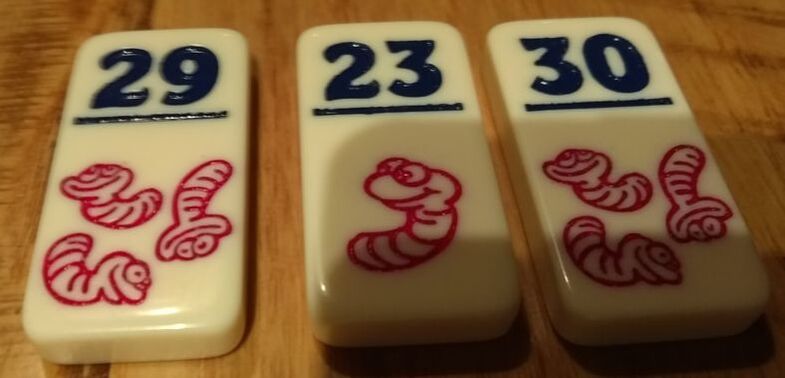
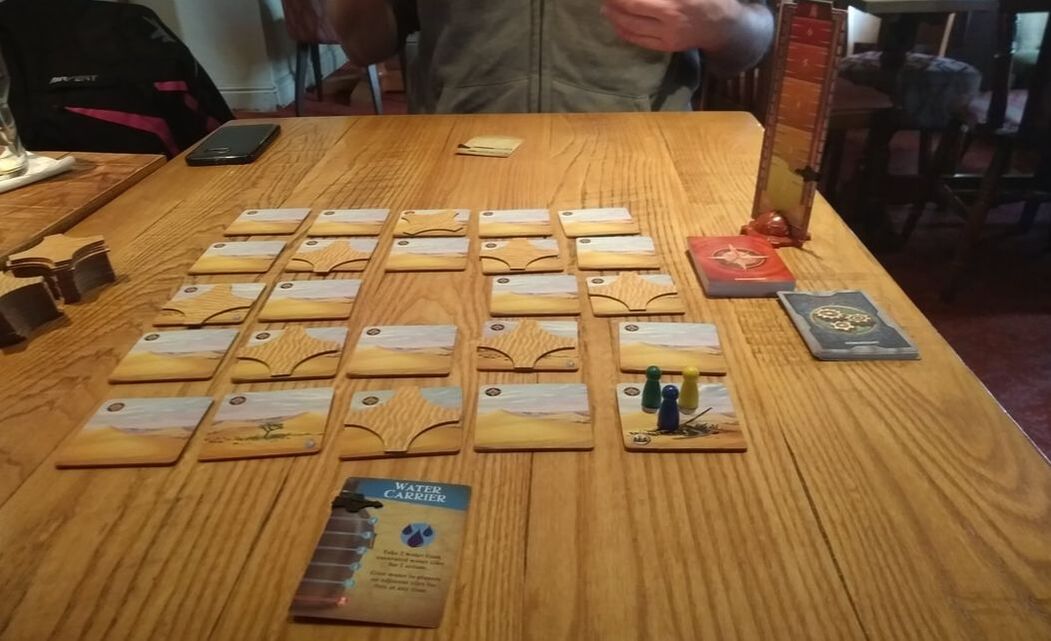
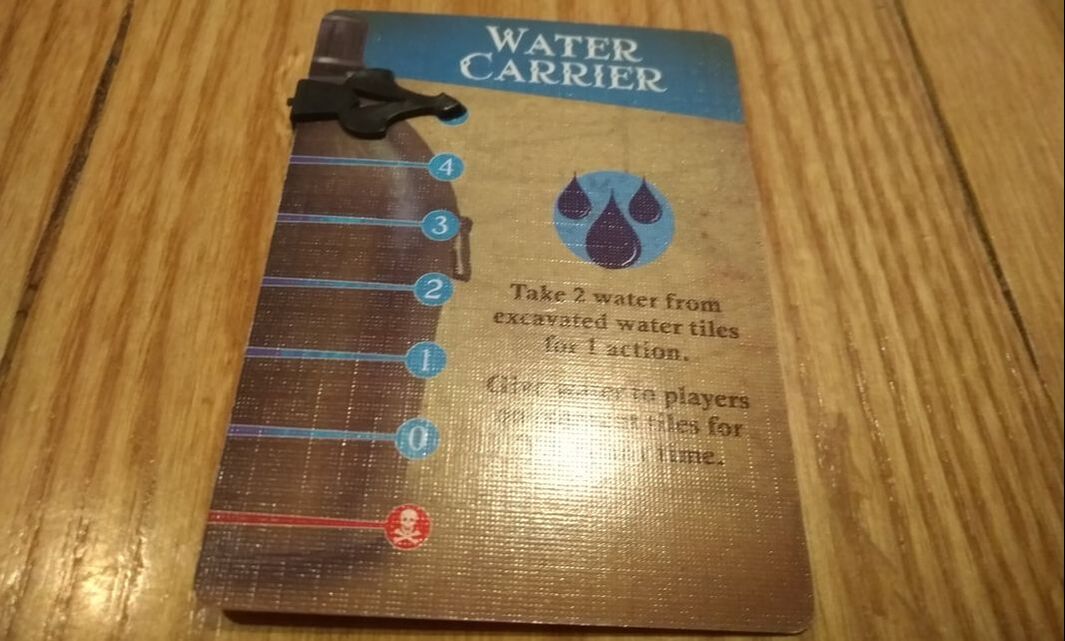
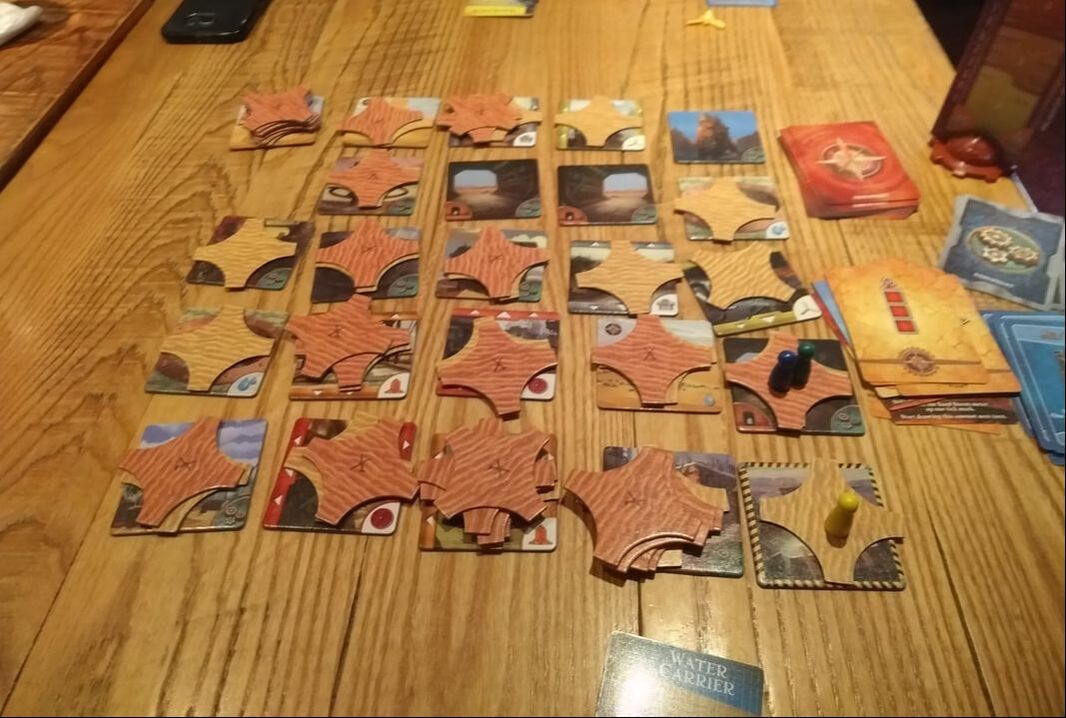
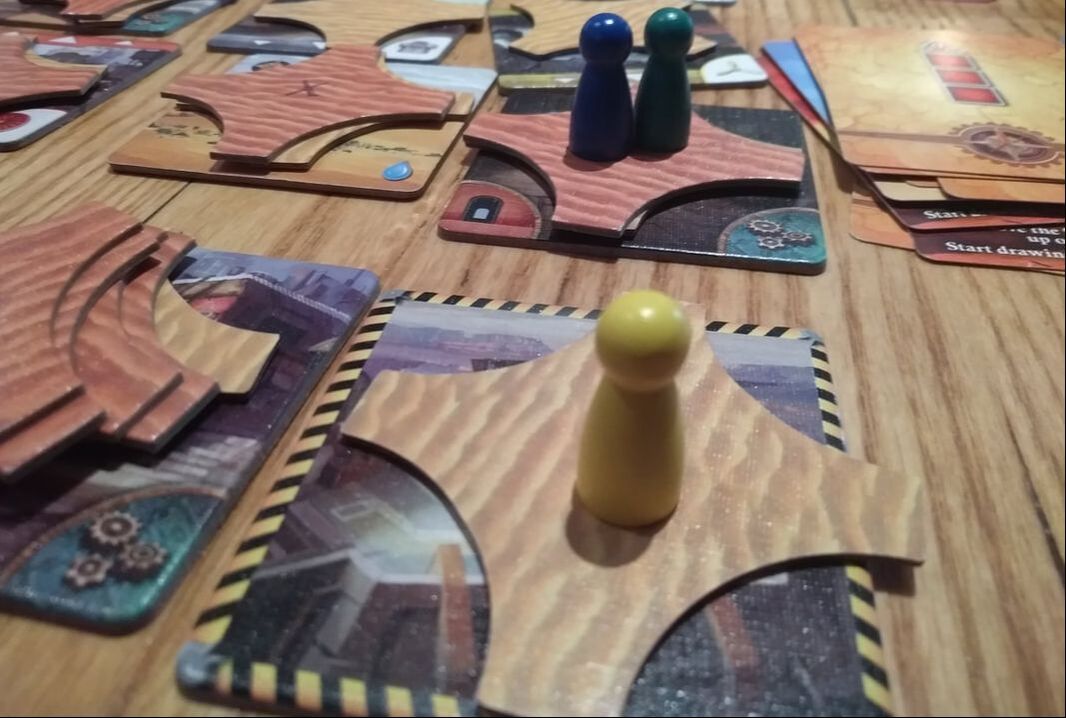
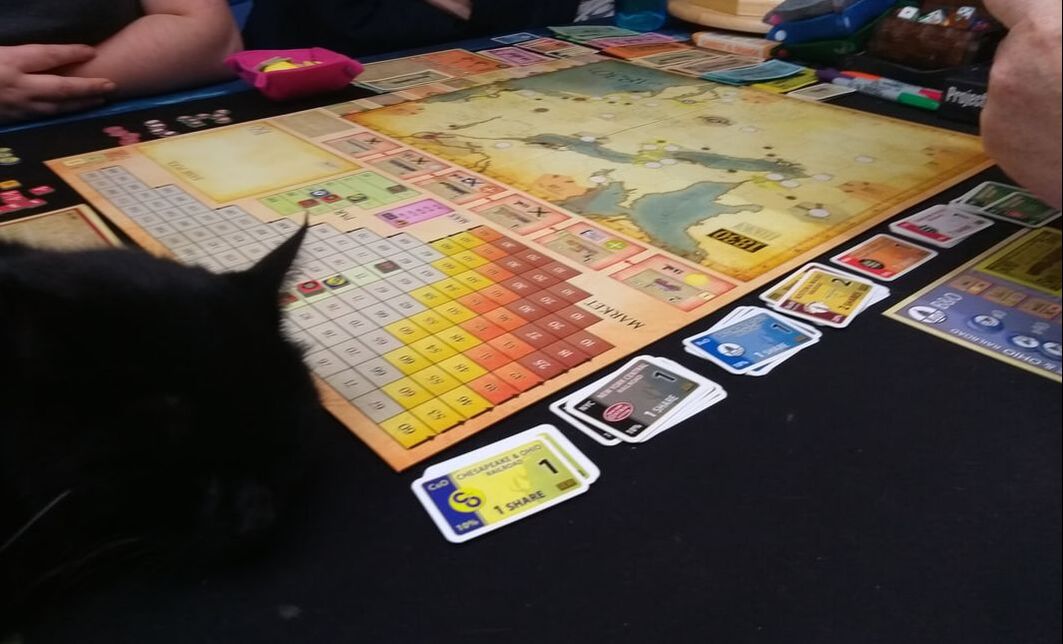

 RSS Feed
RSS Feed
